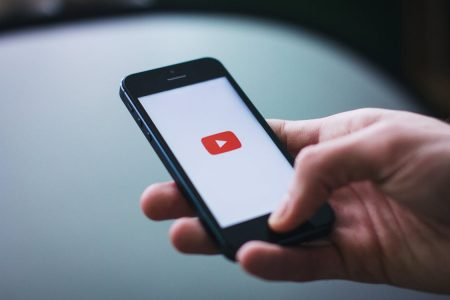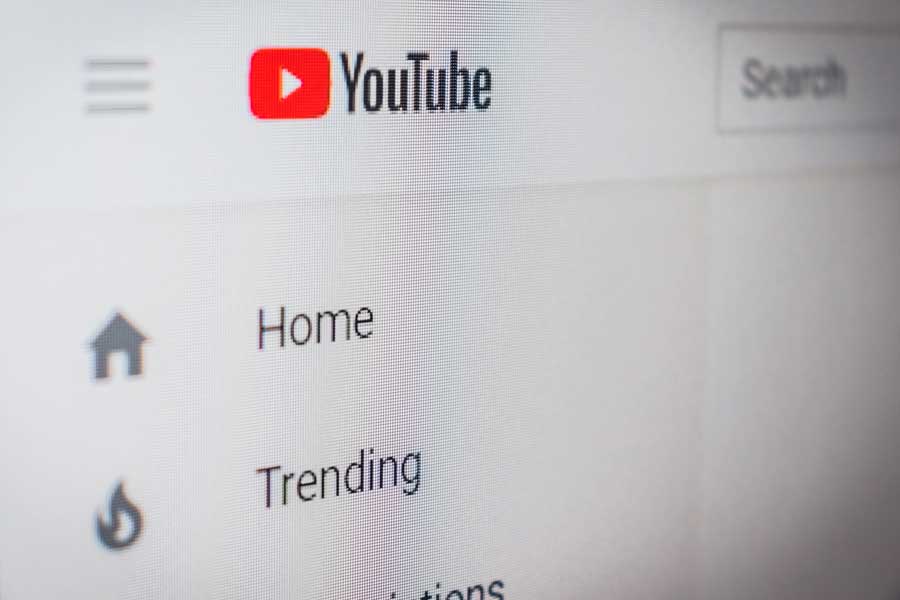Safe YouTube Learning in K-12
Safe YouTube Learning in K-12 schools has always been a challenge. Despite the endless educational content that is beneficial for a K-12 learning environment, there lurks a threat of inappropriate videos that range from mildly distracting to bizarre and very disturbing. Recently, the tech industry uncovered millions of uploads that, on the surface level, appear innocent. By using popular cartoons characters familiar to children, these videos display violent or otherwise unsuitable content for younger audiences. The New York Times reported earlier this month of a growing threat of video content available on YouTube Kids, an app geared toward children, that is inappropriate to younger age groups. (Please note, The New York Times piece includes themes and YouTube screenshots some may find unsettling.)

Since then, many news sources have gone down the rabbit hole of massive amounts of YouTube videos. Issues with inaccurate self-reported video age-categorizations and bots generating millions of views to increase a questionable video’s popularity has risen to the surface. YouTube’s currently working to curb this activity. We’re always monitoring the ever-changing landscape of K-12 edtech. When kids’ wellbeing is on the line, it’s our #1 priority to keep them safe (and we’re sure it is for you as well). That’s why we developed and released Smart Play this year in Relay to allow safe access to YouTube Learning in K-12 schools in a few clicks.
6 Ways Lightspeed Systems Makes YouTube Learning Safe:
1. Smart Play leverages machine-learning AI in tandem with human vetting. This ensures video content on student devices (at school and at home) is safe and appropriate. Schools can trust that videos will be enriching and educational without overblocking.
2. Since Smart Play is powered by the Lightspeed Systems dynamic AI database, it’s a tailored YouTube experience built for K-12. The Lightspeed database has been categorizing the web for nearly two decades specifically for K-12 students.
3. Trusting self-reported content categories from the uploader (which are often wrong, either maliciously or accidentally) leads to inappropriate content slipping through. Smart Play better categorizes video content via AI and human review instead of uploaded metadata alone.
4. Smart Play blocks inappropriate YouTube thumbnails. No need to worry about distracting images appearing when students search for content. They receive an organic YouTube experience, and are able to search and browse right on YouTube.com — but inappropriate videos are blocked.
5. Teacher and school YouTube channels can be easily added. Any content on those channels is instantly accessible by students, tailoring the learning experience.
6. Relay removes YouTube sidebar content and user comments. Students get a clean, uninterrupted view of YouTube content without all of the junk that may come in sidebar suggested content or user comments. “Smart Play has allowed us to give students access to YouTube in such a way that we feel confident they are safe from inappropriate content.” -Andrew Moore, Technology Director for Glenns Ferry School District. There’s a lot more to love about Smart Play. Ready to learn about the most popular ways schools (and maybe you) are managing YouTube access for K-12, and see why Smart Play is the better answer for your students?

